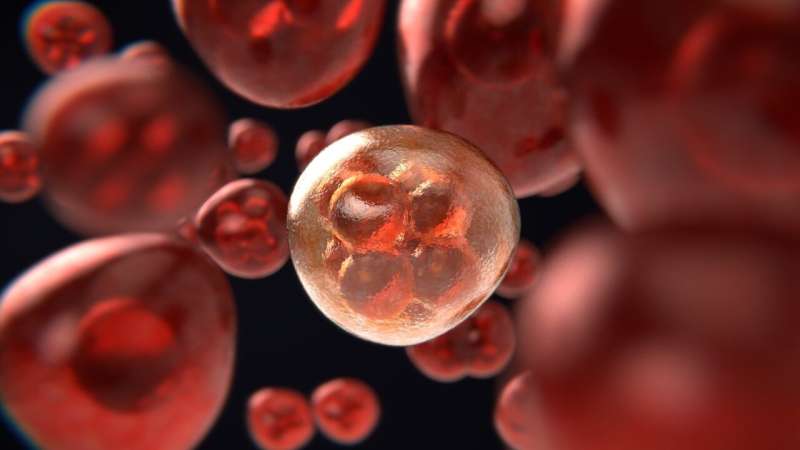Genetic Markers and Facial Features: Insights from Iberian Population Studies

A groundbreaking study links specific DNA markers to facial features in Iberian populations, enhancing forensic prediction methods and understanding of human facial genetics.
Recent research conducted by the University of the Basque Country has revealed significant associations between specific DNA markers and facial features in individuals from the Iberian Peninsula. The study focused on ten genetic markers linked to facial morphology, contributing valuable data for forensic science and human identification efforts. Led by researcher Belén Navarro, the study emphasizes the importance of understanding genetic influences on facial structure within specific populations to improve prediction models used in forensic analysis.
The team analyzed a sample of approximately 500 individuals and examined their genetic profiles alongside detailed facial measurements—such as eye, nose, forehead, and chin features. Through saliva samples, the researchers identified correlations between certain genetic variants and facial characteristics, such as forehead prominence or facial width. Notably, some associations had not been previously documented in European populations, highlighting the unique genetic makeup of the Iberian group.
This research underscores the necessity of studying diverse populations to develop accurate and reliable genetic prediction models for external human features. Accurate facial predictions based on DNA could enhance forensic investigations, especially when only skeletal remains are available. The findings suggest that while large-scale European studies are valuable, smaller, localized studies can provide critical insights into population-specific genetic traits.
The study involved collaboration among multiple universities and research groups, utilizing anthropometric measurements and genome-wide association analysis to validate the relationship between genetics and facial morphology. Future steps include expanding the sample size, validating results across different populations, and developing models that can predict specific facial features more precisely based on DNA analysis. This ongoing research aims to refine forensic applications and deepen understanding of human facial genetics.
The complete findings are published in the journal Scientific Reports (2025), contributing to the evolving field of forensic genetics and genetic anthropology.
Source: https://medicalxpress.com/news/2025-07-dna-markers-linked-facial-features.html
Stay Updated with Mia's Feed
Get the latest health & wellness insights delivered straight to your inbox.
Related Articles
US Cancer Survivors Reach 18.6 Million and Projected to Surpass 22 Million by 2035
The U.S. cancer survivor population is projected to grow from 18.6 million in 2025 to over 22 million by 2035, highlighting the need for equitable care and survivorship support.
Emerging Impact of Little-Known Strep Bacteria on Severe Infections in Australia
New research identifies the rising threat of Streptococcus dysgalactiae subspecies equisimilis (SDSE) as a major cause of severe, invasive infections in Australia, especially impacting First Nations communities. The study calls for enhanced surveillance and vaccine development to address this growing health concern.
Advances in Producing Blood Stem Cells for Regenerative Medicine
Scientists have identified key genes capable of transforming embryonic stem cells into blood-forming stem cells, paving the way for lab-produced blood cells for regenerative therapies.
Global Research Identifies Genetic Risk Factors for Alzheimer's Across Diverse Populations
A pioneering international study uncovers diverse and shared genetic risk factors for Alzheimer's disease worldwide, advancing personalized medicine and health equity.



